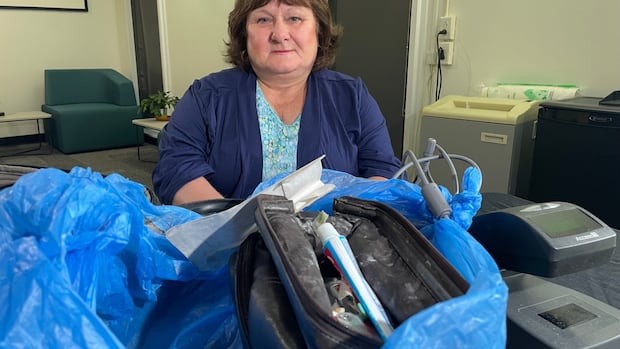Microsoft’s Shocking $1.7 Billion Bet on Human Waste: The Future of Carbon Removal!

What if I told you that one of the biggest tech giants in the world is diving headfirst into the murky waters of human waste to combat climate change? That’s right! Microsoft has just struck a jaw-dropping 12-year deal with a startup named Vaulted Deep to buy a staggering 4.9 million metric tons of organic waste, including manure, sewage sludge, and paper mill byproducts, for a whopping total of $1.7 billion.
But here’s the kicker — rather than recycling or reprocessing this waste, Microsoft plans to inject it thousands of feet underground. Yes, you heard that right! This isn't your typical waste management strategy. Vaulted Deep, a pioneer in the field, specializes in collecting contaminated bioslurry waste that’s too messy to reuse, and they’ll be burying it 5,000 feet below the Earth’s surface. The method effectively halts the decomposition process, locking away methane and CO₂ that would otherwise escape into our atmosphere.
According to Daniel Sanchez, an assistant professor of cooperative extension at the University of California-Berkeley, this initiative deals with the “sludgy waste, the stuff we really don’t have any other use for.” He emphasizes the simplicity of the approach, indicating that it’s a direct solution to a complex problem.
Not only does this innovative strategy significantly cut down greenhouse gas emissions, but it also prevents harmful chemical discharges from contaminating our soil and water systems. This dual benefit of waste management and climate action is precisely what has attracted Microsoft’s investment.
Interestingly, this environmentally forward-thinking move comes at a time when Microsoft is grappling with the increasing carbon emissions from its energy-hungry AI operations. Between 2020 and 2024, the tech titan released a staggering 75.5 million tons of CO2. Despite this, the company aims to become carbon negative by 2030 and to remove more carbon than it emits by 2050.
To achieve this ambitious target, Microsoft is embracing a variety of experimental technologies. Vaulted Deep’s project is just one piece of a larger carbon removal strategy that includes reforesting initiatives in Panama and capturing emissions from waste incineration in Norway for storage beneath the North Sea.
Brian Marrs, Microsoft’s senior director of energy and carbon removal, explains that the company’s investment in Vaulted Deep is partly due to the co-benefits of their innovative design. “Vaulted Deep is a waste-management company that’s become a carbon dioxide removal company,” he remarked.
But the origin story of Vaulted Deep is just as unique as its business model. Co-founders Julia Reichelstein and Omar Abou-Sayed didn’t initially set out to create a carbon removal company. In fact, Abou-Sayed’s father developed the underground injection technology for oil field waste disposal. Later, Omar commercialized it under the name Advantek, collaborating with bioslurry from a Los Angeles wastewater facility.
Following a lightbulb moment where Julia realized that they were running the largest carbon removal project no one had ever heard of, the duo founded Vaulted Deep. Today, they manage about 20% of LA’s biosolids and have recently opened a new facility in Hutchinson, Kansas. This plant, fueled by agricultural and municipal waste trucked in, is expected to eliminate 50,000 tons of carbon annually when operating at full capacity.
While Europe has been making strides in converting waste into biogas, North America’s limited energy reuse infrastructure makes Vaulted Deep’s approach particularly viable. Thanks to the use of standard drilling techniques, their process is considered low-risk and cost-effective compared to alternatives like direct air capture.
According to Sanchez, the current cost of collecting and storing the waste hovers around $150 per ton. However, by co-locating with waste facilities, there’s potential for prices to drop even further. It’s a fascinating glimpse into how innovative thinking can transform waste management into a solution for climate change.

























